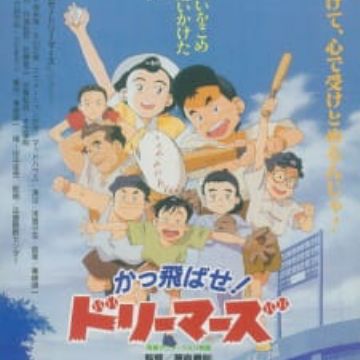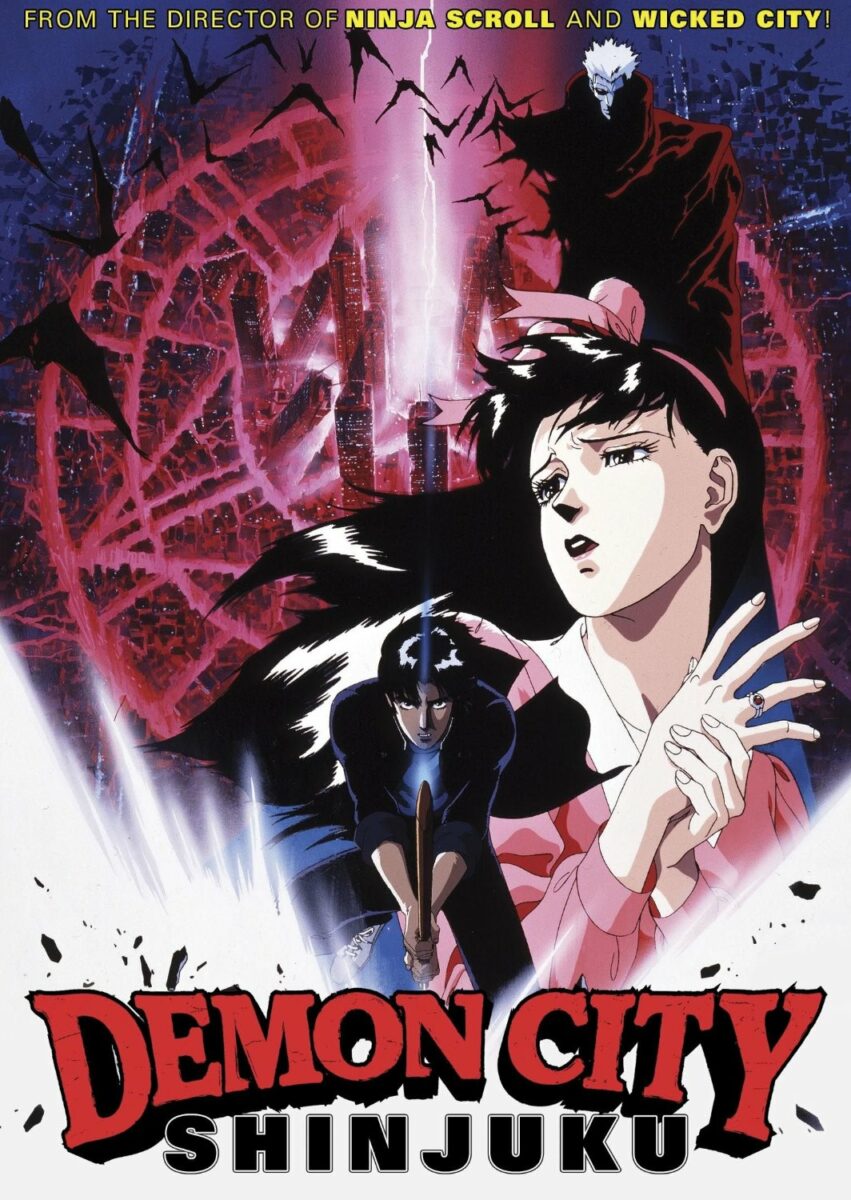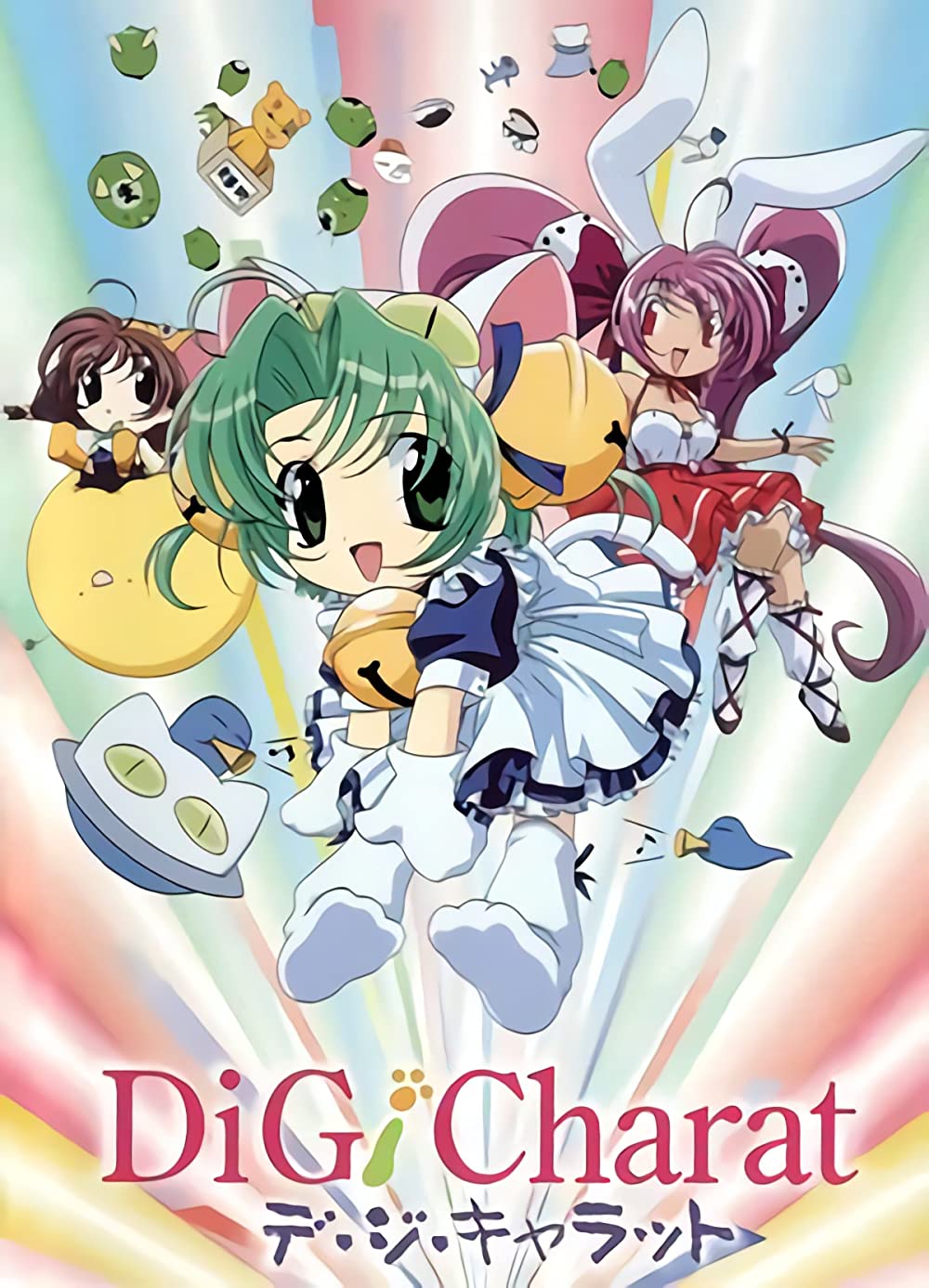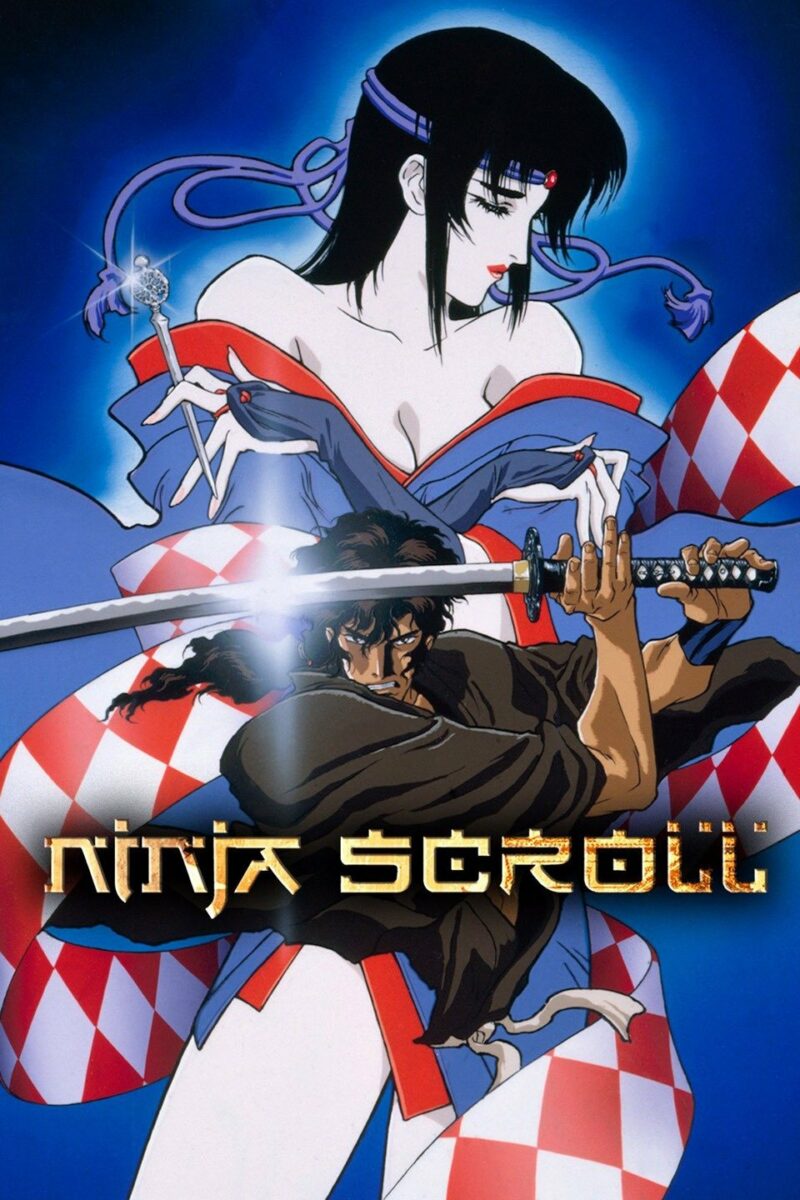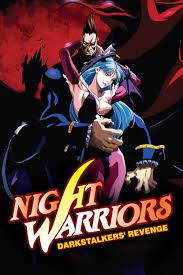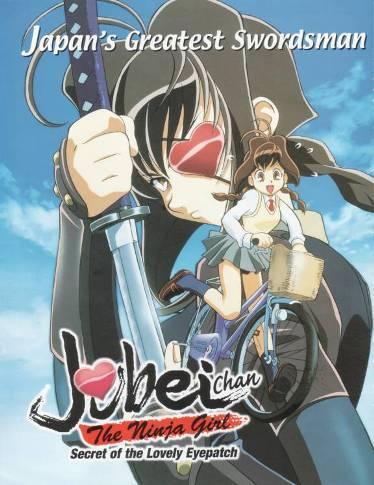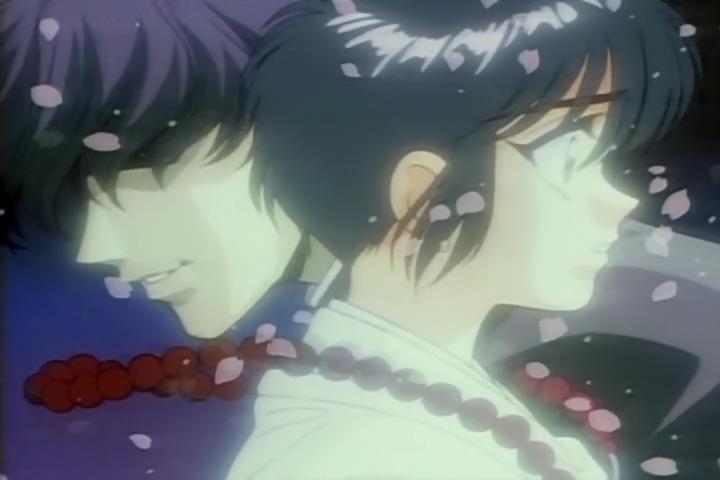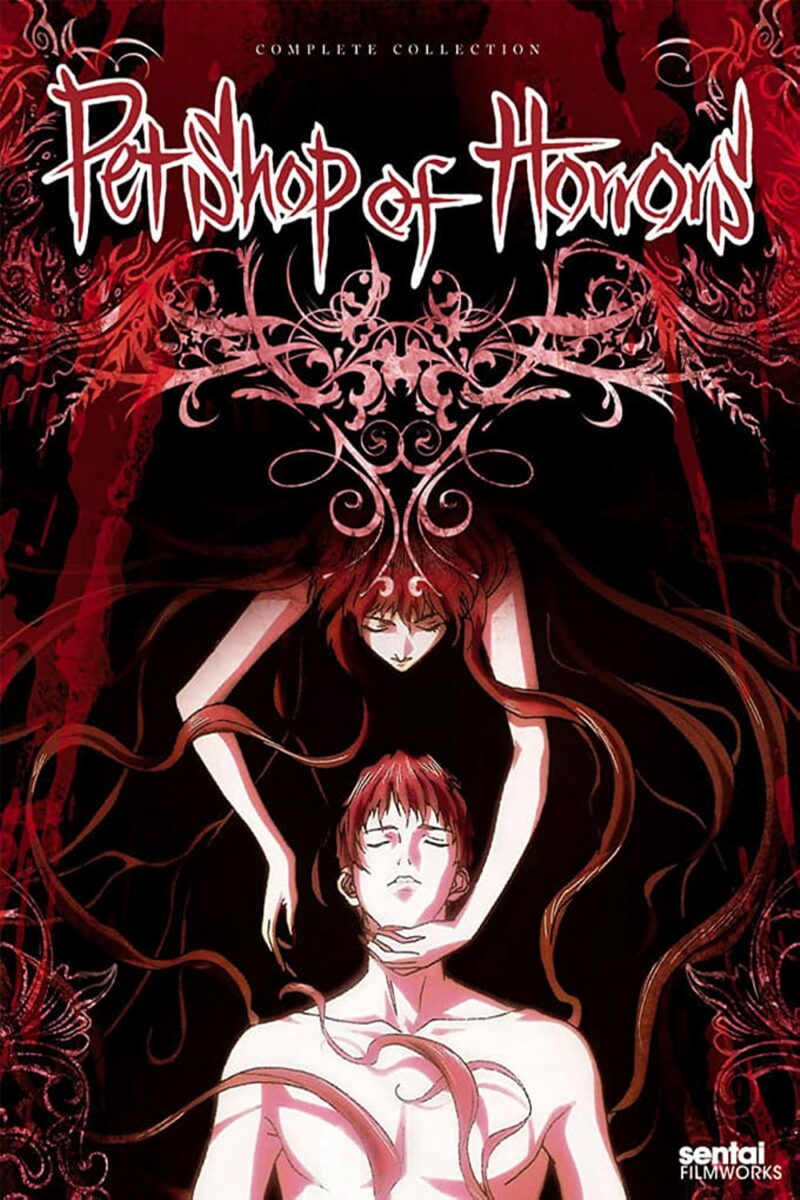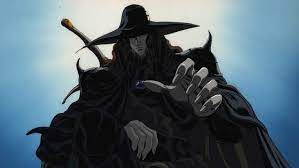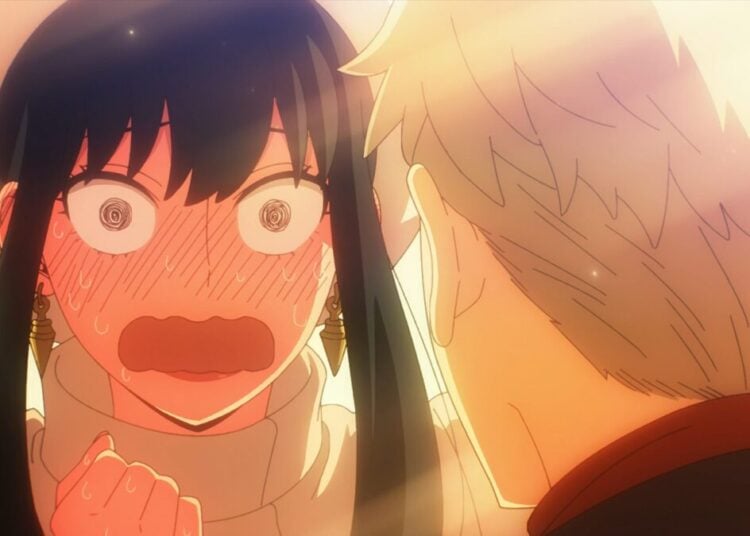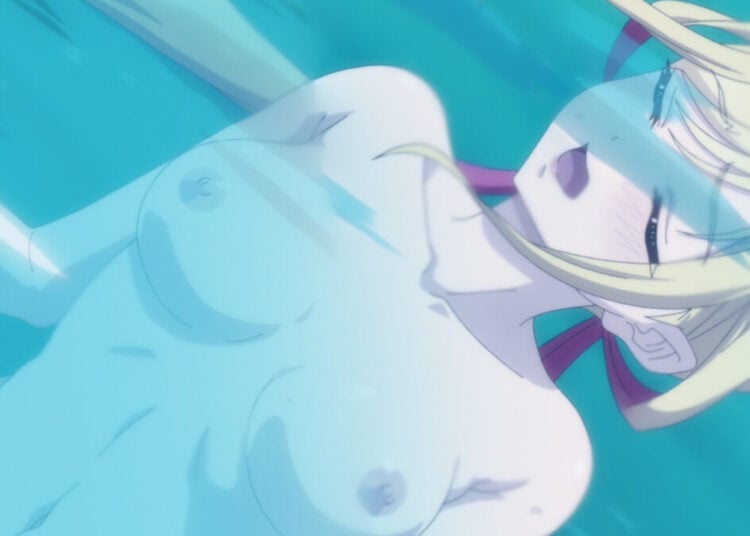What do homicidal pop stars, hell bound high school girls, hard-hitting superheroes, and handwritten death notes have in common? They were all animated by Madhouse. Last year, Madhouse celebrated its 50th anniversary. In 1972, former Mushi-Pro (Mushi Productions) animators, Masao Maruyama, Osamu Dezaki, Rintaro, Yoshiaki Kawajiri, and others founded Madhouse. After fifty years of TV shows and movies, Madhouse became a household name, giving everyone at least one or two favorite anime. I bet at least one of those favorites is an award winner. Let’s look at some classic Madhouse works and a few hidden gems that have a high standard of production.
Harmagedon (Genma Taisen)
Harmagedon (Genma Taisen) won the first ever Japan Anime Award. Five prominent anime magazines, Animedia, The Anime, My Anime, Monthly Out, and Animec, sponsored this award from 1984 to 1990. Harmagedon is the 1983 movie adaptation of Genma Wars. It was a 1967 manga created by science fiction writer Kazumasa Hirai (8Man) and artist Shotaro Ishinomori (Cyborg 009). Ishinomori is one of my favorite mangaka. The story involves a group of psychics brought together by a Transylvanian princess and a cyborg to fight an intergalactic entity called Genma. Rintaro directed Harmagedon while Katsuhiro Otomo (Akira), the character designer, credits Harmagedon as being a stepping stone in his directing career.
Barefoot Gen
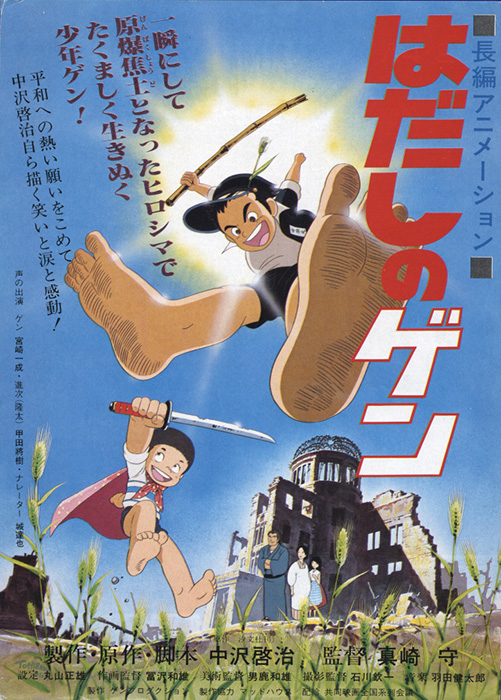
Another 1983 movie is Barefoot Gen. Based on the manga by Keiji Nakazawa and directed by Mori Masaki (Time Stranger), Barefoot Gen is about Gen Nakaoka and his family as they struggle to survive the bombing of Hiroshima and its aftermath. The story is a beautiful balance of tragedy and hope. I’m not one for tragic stories, but a great story always touches your heart. It is the winner of the Noburou Oofuji Award at the 38th Annual Mainichi Film Awards. Barefoot Gen has also received recommended viewing awards from the Agency of Cultural Affairs and the National Congress of Parents and Teachers Association of Japan. In 2005, Barefoot Gen made Time magazine’s list of five anime worth owning on DVD. This list included Akira, Steamboy, Spirited Away, and Perfect Blue, which is my favorite movie of all time, but I’ll discuss that later.
The Dagger of Kamui
The Dagger of Kamui hit theaters in 1985. Another Rintaro-directed adaptation, this time based on Tetsu Yano’s novel series. The movie follows Jiro, a young man, who seeks revenge for his adoptive family’s murder, and his only clue is a mysterious dagger. Jiro goes on a journey to find the murderer and the truth of his own origin, as well as how they connect to the lost treasure of a famous pirate.
The Dagger of Kamui won Best Music at the Third Japan Animation Awards. Eitetsu Hayashi and Ryudo Uzaki composed the music. They used a combination of rock and Balinese kecak, which is a cool mashup. Kecak is a type of traditional chant used to recount the Hindu epic Ramayana. It is preformed by fifty to a hundred men singing in chorus, while sitting in concentric circles, synchronizing their voices while increasing their rhythm as they sing “chak ke-chak”. You can hear it in the trailer and in this music video. Akira uses kecak in its action scenes too. The kamui in the title is the same as the kamuy in Golden Kamuy. Kamuy is an Ainu word, similar to kami, for the spirits or spiritual beings that exist around us, who exude positive or strong qualities.
Wicked City
1987’s Wicked City OVA is part of the Yoshiaki Kawajiri Madhouse classic trilogy. The other two are Demon City Shinjuku and a little film called Ninja Scroll. Wicked City is based on the first book, Black Guard, of Hideyuki Kikuchi’s Wicked City novel series. In the world of Wicked City, humans and demons live together, but there is an uneasy peace. Taki and his new partner, Makie a demon, are Black Guards, a secret force that keeps the peace between humans and demons. Taki and Makie need to protect a man named Mayart — who is essential to the upcoming peace treaty — from a radical group of demons. Wicked City won the Best OVA Award at the Fifth Anime Awards and Kawajiri won Best Director. Kawajiri was also an art director, character designer, key animator, and co-wrote the screenplay under a pseudonym. The amount of attention he gave this project was key to its success.
Kattobase! Dreamers: Carp Tanjou Monogatari
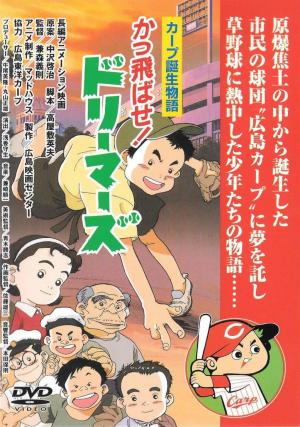
Kattobase! Dreamers: Carp Tanjou Monogatari (The Birth of the Carp) is a 1994 movie based on Keiji Nakazawa’s manga Hiroshima Carp Tanjou Monogatari. If you’re a Japanese baseball fan, then you’ll know the Hiroshima Carp which this movie is based on. The movie and manga follow Daichi Susuma and his friends on their journey as their childhood baseball team becomes the Hiroshima Carp. All of this takes place against the backdrop of post-war Hiroshima. An interesting bit of trivia is that the New York Yankees are in the movie, but the Brooklyn Dodgers played against the Hiroshima Carp in 1956 before their move to Los Angeles. The Dodger’s lineup at the time included Jackie Robinson in one of his last games before his retirement. Kattobase! Dreamers is a winner of two Recommended Viewing awards. The National Congress of Parents and Teachers Association of Japan and The Ministry of Health and Welfare and Child Welfare Councils awarded them.
Hanada Shounen-shi
Hanada Shounen-shi or The Record of Boy Hanada, a Madhouse hidden gem, is a 2002 series based on the manga by Makoto Isshiki (The Perfect World of Kai). Ichiro Hanada, a bratty prankster, suffers a head injury after being hit by a truck Yu Yu Hakusho style. He survives but has nine stitches — an unlucky number — in the back of his head and gains the ability to see ghosts. Ichiro is afraid of ghosts but helps them to move on, so they’ll leave him alone. Hanada Shounen-shi has won two awards, 2003’s Top Prize in Animation at the Asia Television Awards and Best Entry in the Television Category at the Tokyo International Anime Fair. The opening and ending title sequences are a faithful recreation of the manga’s art style using a watercolor approach. It’s a real treat to see.
The exclamation point here is the theme songs, which are by the Backstreet Boys. It uses “The One” and “Drowning”, which are a good fit. I never skip the opening and endings of this one.
Nasu: Summer in Andalusia
Nasu: Summer in Andalusia with Ghibli looks and Madhouse style is a 2003 film based on a story from Iō Kuroda’s Nasu manga. The story is set in Andalusia, Spain during the Tour of Spain (Vuelta a España), a bicycle race like the Tour de France. It follows cyclist Pepe Benengeli as he struggles with professional and personal problems. Pepe, a domestique (backup racer), strives to outride his troubles and win. Nasu: Summer in Andalusia was the first anime selected for The Director’s Fortnight at the 56th Cannes Film Festival, despite Interstella 5555 being selected, which is considered a French-Japanese co-production. It also won the 2004 Tokyo Anime Award’s Notable Entry for Domestic Feature Film Award.
Nasu: A Migratory Bird with Suitcase
https://www.youtube.com/watch?v=jE58ZjS6_gE
The 2007 OVA sequel to Nasu: Summer in Andalusia, Nasu: A Migratory Bird with Suitcase, sees Pepe and his teammate Ciocci dealing with another teammate’s death. It hits them both hard, but they push on to compete in the Japan Cup. The Japan Cup is a cycling race in Utsunomiya City, Tochigi Prefecture, which goes around the forest park area with views of historic sites. Under rainy conditions and grieving, Pepe and Ciocci attempt another win. Like its predecessor, it also is a Tokyo Anime Award winner but as a Notable Entry in the OVA category. Kitarō Kōsaka directed both Summer in Andalusia and Migratory Bird with Suitcase. He worked on most of Hayao Miyazaki’s films as either a key animator or supervising director, giving them their Ghibliesque look.
Kaiba
Kaiba, a hidden gem from the pre-streaming days, is Masaaki Yuasa’s (Devilman Crybaby) kinetic and bizarre 2008 TV series. A young man named Kaiba, with a hole in his chest, a triangular tattoo, and amnesia searches for his lost memories in a world where human bodies and memories are commodities. The surreal visuals give the mature themes like love, sex, and identity more depth. Kaiba won the Excellence Award in Animation at the 12th Japan Media Arts Festival.
Mad for Anime
Every anime season has a series or movie that gets overlooked and it was no different in the pre-streaming days. Anime either got licensed or it didn’t and unless an anime magazine or website wrote about it would remain unknown or become a rare find or hidden gem. Even classics become hidden gems when enough time has passed. Madhouse has a lot of both and you should check them out. You never know what you’ve missed out on.
In the next article, Madhouse: Award-Winning TV Shows, we’ll look at fan-favorite shows that won awards.



